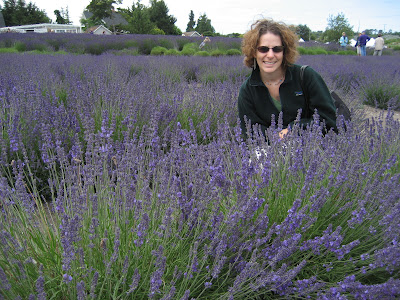 This morning I was on my way to the train station to head into Antwerp for research. Because the forecasted "light rain" turned into a massive downpour, I was soaked from head to toe by the time I reached the ticket office. Feeling sorry for myself I got back on my bike and headed for home. Now I am sitting comfortably in my chair, a full lunch in my belly, and just enough time to post before nap time!
This morning I was on my way to the train station to head into Antwerp for research. Because the forecasted "light rain" turned into a massive downpour, I was soaked from head to toe by the time I reached the ticket office. Feeling sorry for myself I got back on my bike and headed for home. Now I am sitting comfortably in my chair, a full lunch in my belly, and just enough time to post before nap time!Last Friday I attended a wonderful exhibit at the Royal Library of Belgium. Philip the Fair (named to distinguish him from the many other Burgundian Philips that reigned before him) was ruler over the Low Countries at the turn of the sixteenth century. His reign was short but peaceful, a time in which the arts flourished. Perhaps his greatest legacy was fathering Charles V, who would reign with the combined crowns of Duke of the Low Countries, King of Spain, and eventually Holy Roman Emperor.
The exhibit was a display of the many illuminated manuscripts produced around the time of Philip's reign, and which are today preserved at the Royal Library. These include prayer books, bibles, educational texts, and music. They are called "illuminated" because they contain illustrations, or illuminations. They are masterful and often rival actual paintings of the time in their use of color and attention to detail.
 One of the finest examples on display was a very famous music manuscript, the Choirbook for Philip the Fair and Juana of Castile, (c.1504-06), ms. 9126. According to the Alamire Foundation it was a gift to the royal couple. It was produced by the famous workshop of Petrus Alamire, based in the Low Countries, and contains many famous pieces of sacred polyphony. I was lucky enough to attend the exhibit with my friend N, who is studying a manuscript from Bruges, and a new Fulbrighter J, who is an art history professor back in the states. This picture, taken from the manuscript (and which I have posted elsewhere) depicts Philip and Juana kneeling in prayer with each of their patron saints behind them. The piece is a mass by Pierre de la Rue, one of the most famous court composers of the time.
One of the finest examples on display was a very famous music manuscript, the Choirbook for Philip the Fair and Juana of Castile, (c.1504-06), ms. 9126. According to the Alamire Foundation it was a gift to the royal couple. It was produced by the famous workshop of Petrus Alamire, based in the Low Countries, and contains many famous pieces of sacred polyphony. I was lucky enough to attend the exhibit with my friend N, who is studying a manuscript from Bruges, and a new Fulbrighter J, who is an art history professor back in the states. This picture, taken from the manuscript (and which I have posted elsewhere) depicts Philip and Juana kneeling in prayer with each of their patron saints behind them. The piece is a mass by Pierre de la Rue, one of the most famous court composers of the time.

2 comments:
Hey there! Finally had a chance to check out your blog today, and it's so cool to have a window into your world. So glad to hear that you've found such good friends and are really soaking up Belgium as well as getting great work done.
Take care,
Jessica H. :-)
Annie, Annie, Annie!
I miss you, girl, but am glad to hear you are doing so well!! I've been thinking about you and am happy to be able to read about your adventures. I will write a more proper email soon. Hopefully you've been getting pictures of "the boy" - he is getting SO BIG!
Talk to you soon-
Susan
Post a Comment